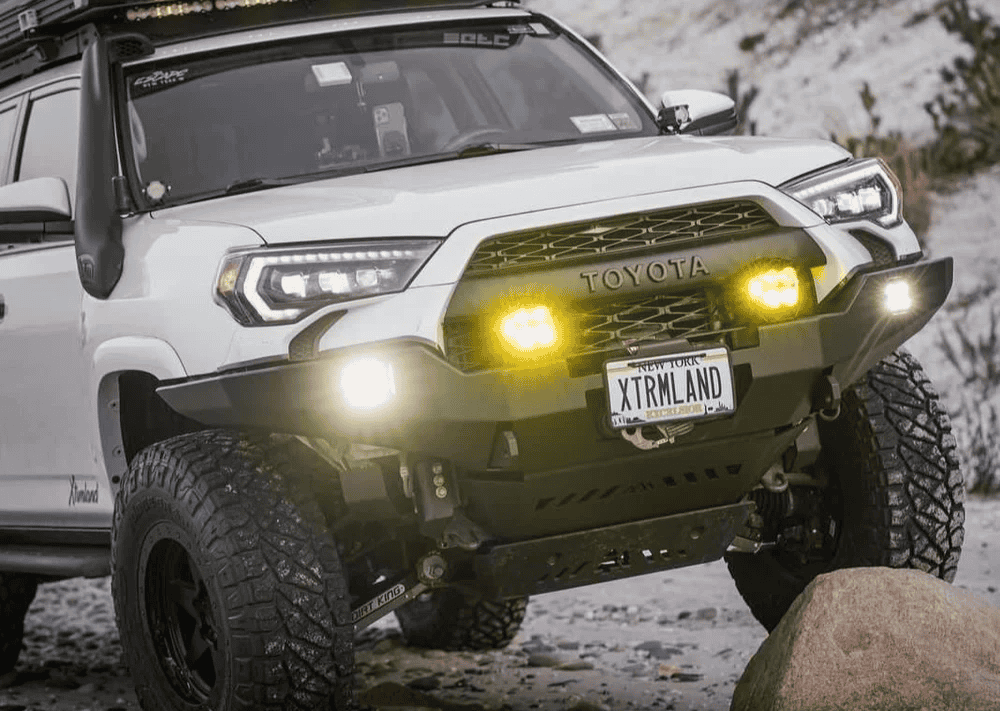Overland Vehicles

Energy freedom starts with numbers you can trust. List every device, note its watts, and estimate daily hours of use. Multiply watts by hours to get watt hours per day for each item, then add a buffer for weather and seasonal shifts. A detailed audit prevents undersized systems and helps you right size batteries, solar, and inverters from the start.
Solar harvest depends on panel rating and the sun you actually see. Peak sun hours vary by season and region. Multiply panel watts by realistic peak sun hours and deduct typical system losses. Shade, dust, heat, and angle reduce output, so assume conservative yields. Oversizing array capacity relative to daily use gives margin for cloudy streaks.
Battery chemistry sets usable capacity and performance in the cold. Lithium iron phosphate offers deep usable capacity, steady voltage, fast charging, and long cycle life. Absorbent glass mat is budget friendly but heavier and offers less usable capacity. Plan for cold weather performance with heated batteries or insulated enclosures when trips run into freezing nights.
A clamp meter and an inline shunt monitor show what your system truly consumes and produces. Track daily amp hours in and out, note peaks, and adjust behavior or hardware before issues arise.
Roof real estate is finite. Keep panels clear of vents, racks, and shadows. Flat mounting is simple, but a slight tilt can help winter production. Cleaning panels matters more than you think.
Choose an inverter that matches surge needs of compressors or induction devices. Bigger is not always better since idle draw eats into reserves. Pure sine is the right choice for electronics.
Balanced systems combine multiple charging sources to cover varied routes and weather. Solar works while parked. Alternator charging covers cloudy periods and driving days. Shore power is useful for pre trip top offs or occasional plug ins. Blending these inputs keeps batteries within healthy state of charge ranges.
Charge controllers regulate panel input. Maximum power point tracking extracts more energy than basic regulators, especially in cold bright conditions. Ensure wire gauge and run lengths minimize voltage drop. Good lugs, crimping, and strain relief reduce heat and increase reliability. Fuses and breakers at the right points protect every path.
Thermal management reduces power demand. Insulation, thermal curtains, and reflective covers help refrigerators cycle less and keep climate control from running nonstop. Ventilation around batteries, inverters, and chargers improves efficiency and longevity. Mount electronics on fire resistant surfaces with airflow paths that are easy to keep dust free.
Run appliances on direct current where practical to avoid conversion losses. Look for efficient fridges, fans, pumps, and lighting designed for mobile platforms. Save the inverter for loads that truly require alternating current.
Match charger profiles to battery chemistry and manufacturer specs. Temperature sensors ensure correct voltages in heat and cold. Proper absorption and float stages extend battery life.
Shorter runs, proper gauge, and tidy routing reduce drop and interference. Label every circuit and document the system. Future you will thank you on the side of a road.
Habits separate a good system from a great one. Turn off devices not in use. Kill phantom loads with hard switches or relays. Batch high draw tasks when solar is strong or while the engine is running. Use eco modes on fridges and fans when nights cool down. Cook with lower draw appliances or preheat water when surplus energy is flowing.
Data guides decisions. Watch state of charge, input, and output across a full week. If you dip below healthy thresholds often, either trim consumption or add production. A portable panel can chase sun while the rig sits in shade. A higher output alternator and a dedicated charge unit can cover shoulder seasons when solar is thin.
Plan for failure gracefully. Carry spare fuses, a crimp tool, and a few extra lugs. Add a low voltage cutoff to protect batteries. Use manual bypasses for mission critical loads like cold storage. Clear diagrams taped near the system save time and reduce stress when troubleshooting far from help.
Summer brings long days, but heat reduces panel efficiency and increases fridge duty cycles. Winter offers crisp air that helps panels, yet short days demand disciplined use. Adjust your strategy with the season.
Silence is part of the magic. Design so you do not need a generator. When you do need to charge fast, rely on efficient alternator systems that top batteries while moving between camps.
Proper grounding, correct overcurrent protection, and secure battery mounting are non negotiable. Review connections twice and tug test every crimp. Safe systems are reliable systems.
When you are ready to turn a power plan into a real install, work with a team that builds for field use, not just spec sheets. Our crew designs and integrates complete electrical systems inside purpose built overland rigs that charge fast, run quiet, and stay safe. If you want tailored integration and testing, explore our custom overland upfit with battery banks, charge controllers, alternator charging, and system monitoring set to your travel style. New here and comparing shops. See why choose OZK Customs to understand our process and delivery experience.
We build complete adventure vans, overland trucks, and commercial platforms with electrical systems matched to real world routes, seasons, and loads. Tell us what you power, where you roam, and how long you want to stay out. We will spec, integrate, and test the energy system that keeps your rig off grid longer.
Ready to turn your power plan into a proven build. Tell us how you travel and what you must power. Our team will spec, integrate, and test a complete system so your rig stays charged and quiet. Share a few details and let OZK design the electrical backbone that fits your routes, seasons, and gear.
ADDRESS:
6159 E Huntsville Rd, Fayetteville, AR 72701
PHONE:
(479) 326-9200
EMAIL:
info@ozkvans.com